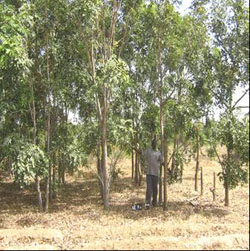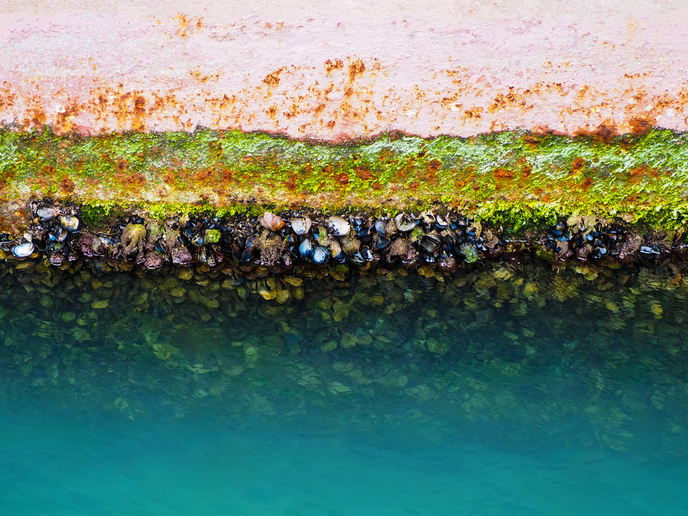Benefits of inoculating trees with microsymbionts
The UBENEFIT project aimed to improve fuel wood and leaf fodder supply in sub-Saharan Africa; this work contributed to the United Nations' Millennium Development Goals. Growing trees that could maximise either fodder or fuel production helps to reduce deforestation and land degradation, and improves living conditions for the local population. Researchers studied the beneficial effects on a number of tree species following inoculation with mycorrhizal fungi and Rhizobium bacteria. A Mycorrhiza is a mutually beneficial relationship between a fungus and the roots of a plant. Rhizobia are soil bacteria found in the root nodules of some plants, which take atmospheric nitrogen and convert it into different nitrogen compounds. The double inoculation by the UBENEFIT team had a positive effect on firewood and fodder production of selected plant species. Screening experiments showed that the Australian tree Acacia mangium was the best adapted and best performing species out of all the Australian trees studied. The species Acacia angustissima, from Central America and the USA was found to require a lot of water compared to other species. Although this tree was found to be the least adapted to a semi-arid environment, it would be suitable in relatively humid areas because it produces a lot of biomass. The amount of water contained in the soil was found to be the same for the different species being studied although it did vary according to depth. There was a decrease in soil water content from the surface to 30cm depth. Deeper layers in the soil profile showed higher water content. According to interviews undertaken by UBENEFIT researchers, 90% of local women stated that the Mexican tree species Leucaena leucocephala was a good option for using as fuel. This compared with 40% of the respondents who identified Acacia angustissima as a good fuel wood. Figure caption: Khaya senegalensis is a local tree species - mycorrhizal treatment.







